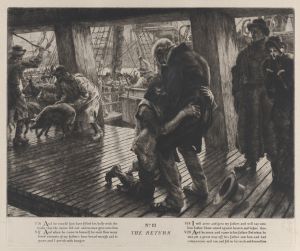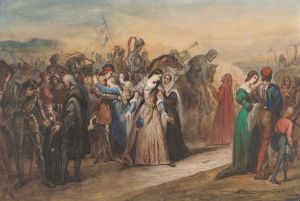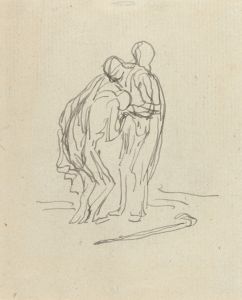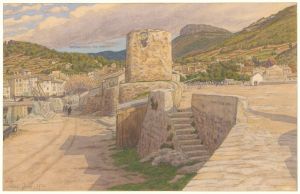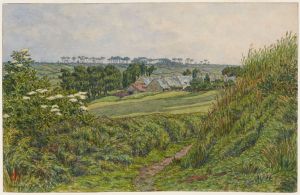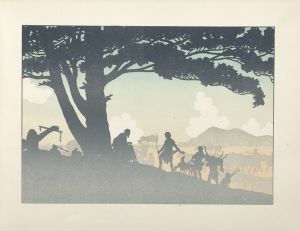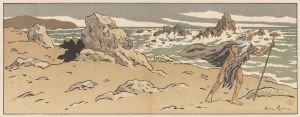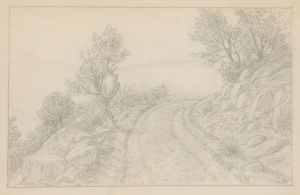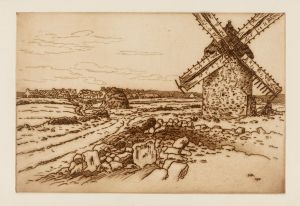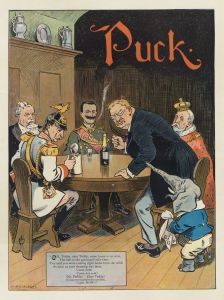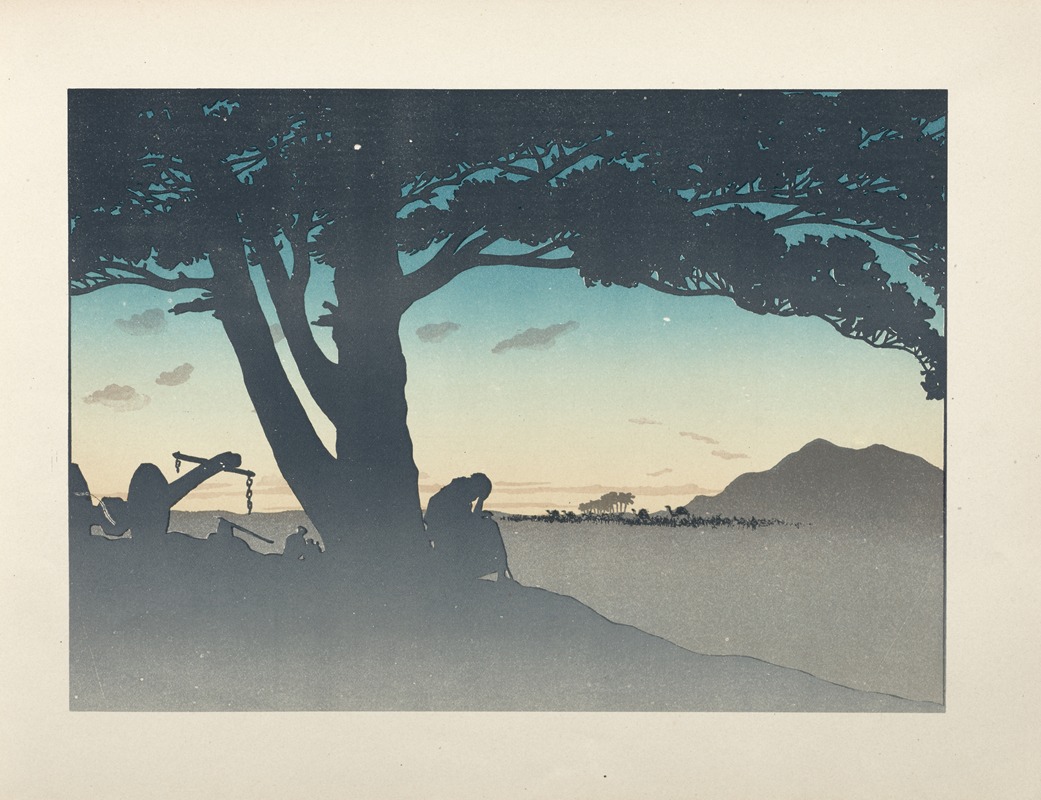
The Prodigal Son; page 17
A hand-painted replica of Henri Rivière’s masterpiece The Prodigal Son; page 17, meticulously crafted by professional artists to capture the true essence of the original. Each piece is created with museum-quality canvas and rare mineral pigments, carefully painted by experienced artists with delicate brushstrokes and rich, layered colors to perfectly recreate the texture of the original artwork. Unlike machine-printed reproductions, this hand-painted version brings the painting to life, infused with the artist’s emotions and skill in every stroke. Whether for personal collection or home decoration, it instantly elevates the artistic atmosphere of any space.
Henri Rivière (1864–1951) was a French artist known for his contributions to the art of printmaking and his involvement in the fin-de-siècle Parisian art scene. One of his notable works is "The Prodigal Son; page 17," which is part of a series of illustrations that Rivière created to depict the biblical parable of the Prodigal Son. This series is a testament to Rivière's skill in combining traditional themes with innovative artistic techniques.
Henri Rivière was deeply influenced by Japanese art, particularly ukiyo-e woodblock prints, which is evident in his use of bold lines, flat areas of color, and attention to detail. This influence is reflected in "The Prodigal Son; page 17," where Rivière employs a similar aesthetic to convey the narrative and emotional depth of the story. The parable of the Prodigal Son, found in the Gospel of Luke in the New Testament, tells the story of a young man who squanders his inheritance but is ultimately forgiven and welcomed back by his father. Rivière's interpretation of this story is both visually striking and emotionally resonant.
"The Prodigal Son; page 17" showcases Rivière's mastery of lithography, a printmaking technique that involves drawing on a flat stone or metal plate with a greasy substance, then using a chemical process to transfer the image onto paper. This method allows for a high degree of detail and subtle gradations of tone, which Rivière uses to great effect in this piece. The composition of the illustration is carefully balanced, with a strong sense of movement and drama that draws the viewer into the narrative.
Rivière's work often reflects his fascination with light and atmosphere, and "The Prodigal Son; page 17" is no exception. The illustration captures the moment of the son's return, with a focus on the emotional reunion between father and son. The use of light and shadow enhances the sense of depth and adds a poignant, almost theatrical quality to the scene. Rivière's attention to detail is evident in the intricate patterns and textures of the clothing and surroundings, which add to the overall richness of the image.
Henri Rivière was a prominent figure in the French art world during the late 19th and early 20th centuries. He was associated with the Nabis, a group of avant-garde artists who sought to break away from traditional academic art and explore new forms of expression. Rivière's work, including "The Prodigal Son; page 17," reflects this innovative spirit and his commitment to pushing the boundaries of printmaking.
In addition to his work as an artist, Rivière was also a stage designer and a member of the Chat Noir cabaret in Montmartre, where he created shadow plays that combined visual art with performance. This multidisciplinary approach to art is evident in the dynamic and narrative quality of his illustrations.
Overall, "The Prodigal Son; page 17" by Henri Rivière is a remarkable example of the artist's ability to blend traditional themes with modern techniques. It stands as a testament to Rivière's skill as a printmaker and his unique artistic vision.





